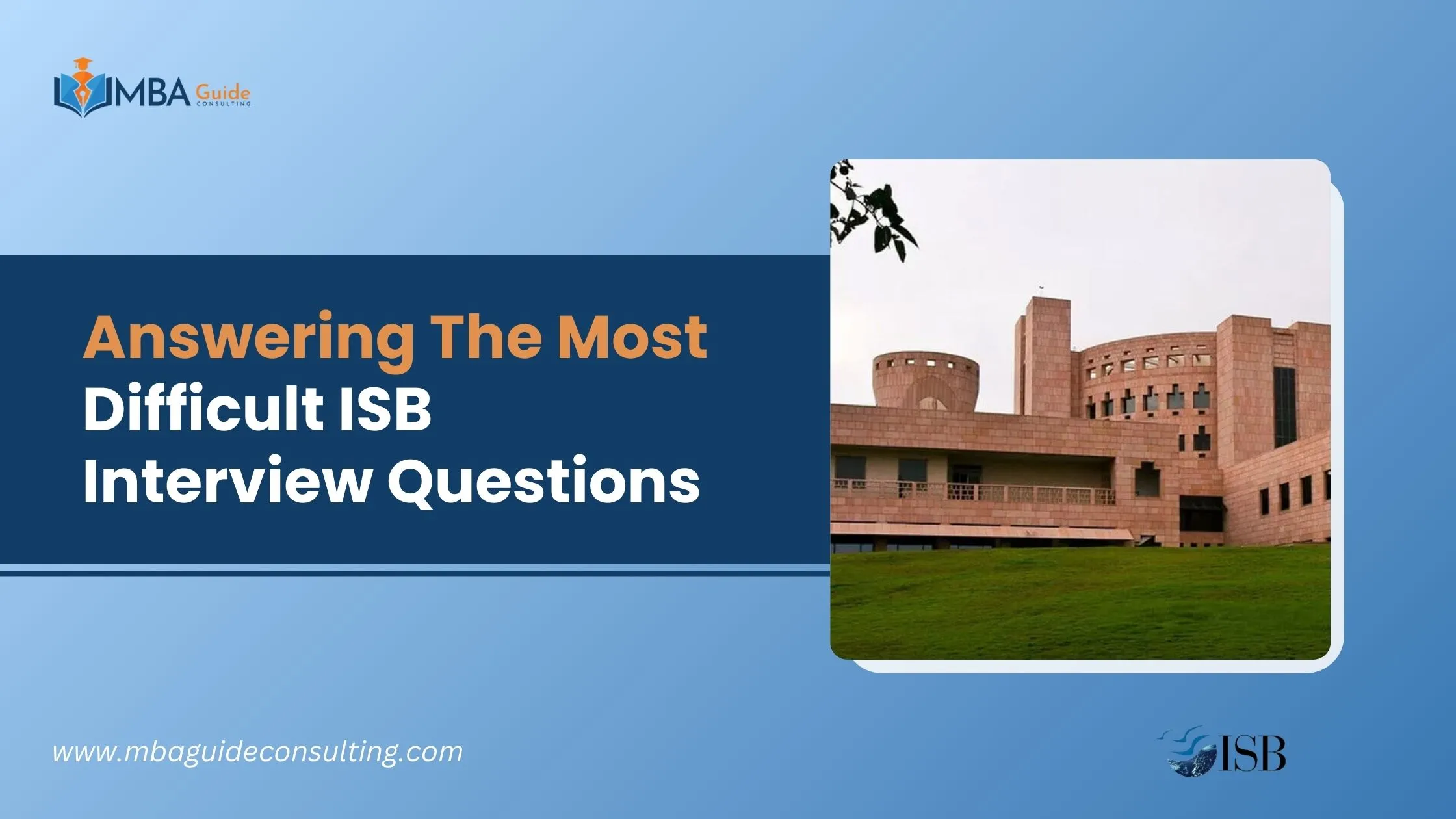GMAT vs GRE for MBA Admission: What’s the Right Strategy?
If you are wondering which one is better – GMAT or GRE for an MBA Application, here are some guidelines for MBA Applicants:
GMAT vs GRE for MBA Admission
It is understandably challenging for B-school candidates to tackle the multiple work-life and admissions priorities. Based on my experience mentoring candidates, I have seen some of the most common mistakes being made repeatedly every year. Among the biggest regrets that candidates have, one is not starting early with GMAT prep, and the second is not pivoting to the GRE soon enough.
Test mentors and MBA admissions consultants have advised candidates to use focused strategies for mastering the GMAT, but many times candidates are unable to attain their target GMAT scores in time for the applications. The older GMAT version was an enduring experience, and to some extent, this aligns with the side effect of our diminishing attention span across ages, leading to a lack of focus for two to three hours in completing a lengthy GMAT exam. GMAC, the parent organization behind GMAT, had to shorten the test to the Focus Edition, which is much more manageable in terms of completion rate.
We often quote studies about the side effects of sitting too long, the diminishing returns of working on a task without a break. But the real challenge in tackling a psychometric exam like the GMAT isn’t just about stamina or lack of endurance. We’re surrounded by digital distractions – emails, browser tabs, messaging apps, and news alerts—that have taken a toll on our ability to focus. Add this lack of focus to a test like the GMAC, which isn’t a simple problem-solving test, and you have a big challenge when competing with peers. When applying to M7 and T20 schools, the challenge becomes even more apparent, and the level of readiness isn’t the same for everyone.
In the past, GMAT published the scores by undergraduate degree, and the degrees that were on top of the charts on the GMAT averages were Physics, Mathematics, and Engineering majors. The performers at the bottom of the tables were Marketing and Education undergraduates. Arts and History undergraduates were also known to underperform.
Aiming for a Shot at The Top B-Schools But Confused About Your Strategy? Reach Out to Us
Here are essential guidelines for MBA applicants who are confused between GRE and GMAT:
Consider the GRE: The GRE exam is generally easier and should be strongly considered by those who haven’t significantly improved their GMAT score by the second attempt.
- Improvement Targets: If you are set on taking the GMAT, aim for at least a 20 to 30-point improvement with each attempt.
- Growing Popularity of GRE: The GRE is becoming increasingly popular, with an estimated 30 to 40 percent of scores sent to top schools now being GRE scores. If your GMAT score doesn’t improve after the second attempt, switch to the GRE.
- Avoid Delaying GMAT Attempts: A common mistake is delaying the GMAT test date for round one applications. Many applicants set their first attempt in August, which is too late. Ideally, R1 candidates should target the second week of July for their first GMAT attempt. This timeline allows at least one month to pivot to the GRE after a second GMAT attempt, ideally a week or two after the first attempt. If there is no significant improvement (20-30 points), August should be dedicated to GRE preparation and application essays for schools planning to apply in round one.
- Round Two Timing: For those targeting round two, the GMAT should be taken no later than the second week of October. This allows for a retake by the last week of October and gives November to pivot to GRE preparation, ensuring readiness for January deadlines.
Following these guidelines will help streamline your test preparation and application process, maximizing your chances of success in MBA admissions.
Feeling uncertain about your chances of getting into top B-schools? Sign up for a free one-on-one personalized advice session tailored to your specific situation.




